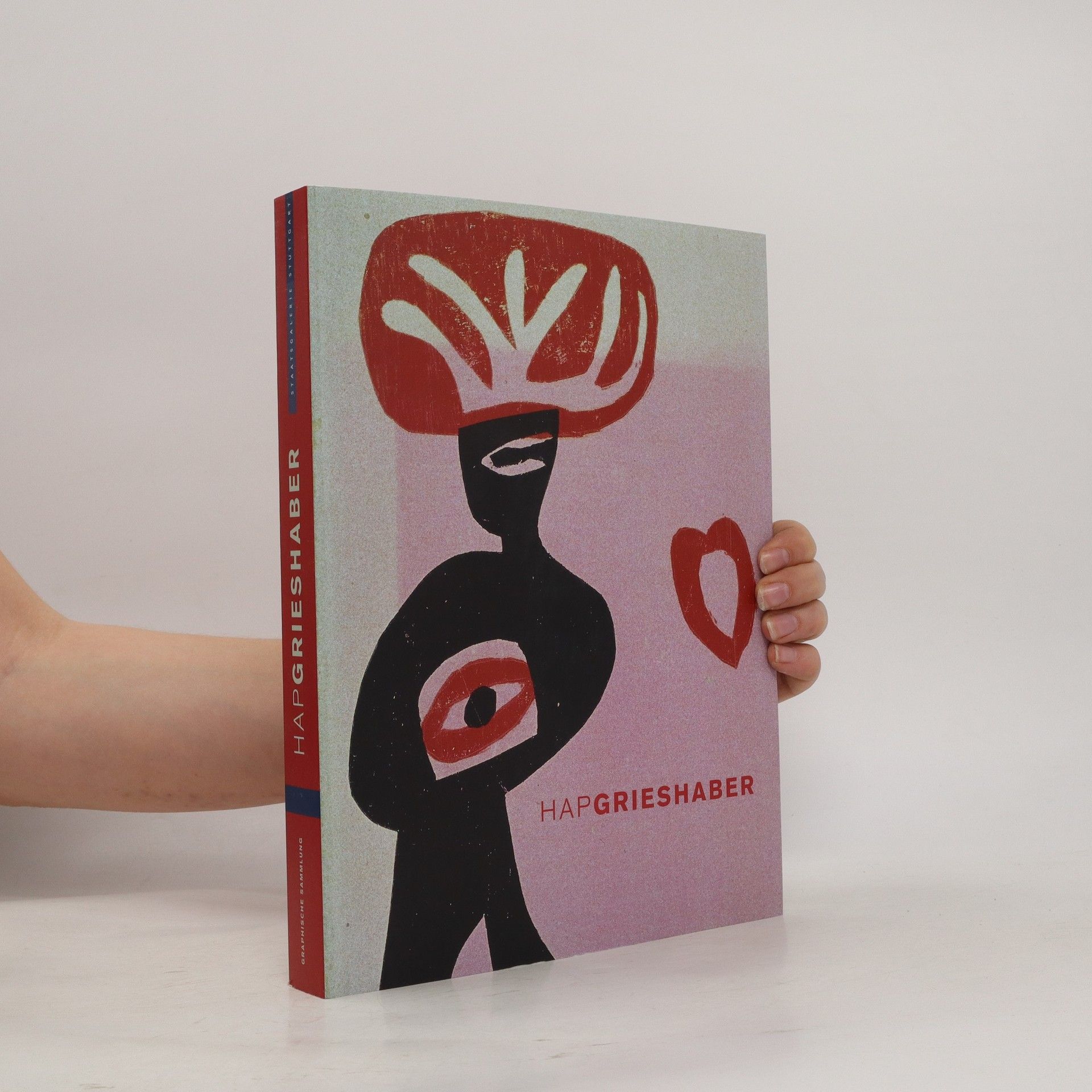Ellsworth Kelly - black & white
- 199bladzijden
- 7 uur lezen
The paintings by Ellsworth Kelly (*1923 in Newburgh, New York) stand out due to their masterly interplay of form, color, and space. Unlike the works of most of his American contemporaries, who postulated a radical rejection of traditional European art history, Kelly's monochromatic paintings evolved out of his study of European Modernism. The key to the advancement of his own artistic vocabulary, however, lies in the forms of everyday objects: streets or paving stones, windows and façades in cities, or various plant forms. For Kelly, drawing is the most important means of developing and capturing a work. Accordingly, the graphic contrast between black and white plays a significant role and is crucial to his artistic self-discovery and overall subsequent development. (German edition ISBN 978-3-7757-3167-6) Exhibition schedule: Haus der Kunst, Munich, October 7, 2011-January 22, 2012 Museum Wiesbaden March 1-June 24, 2012

